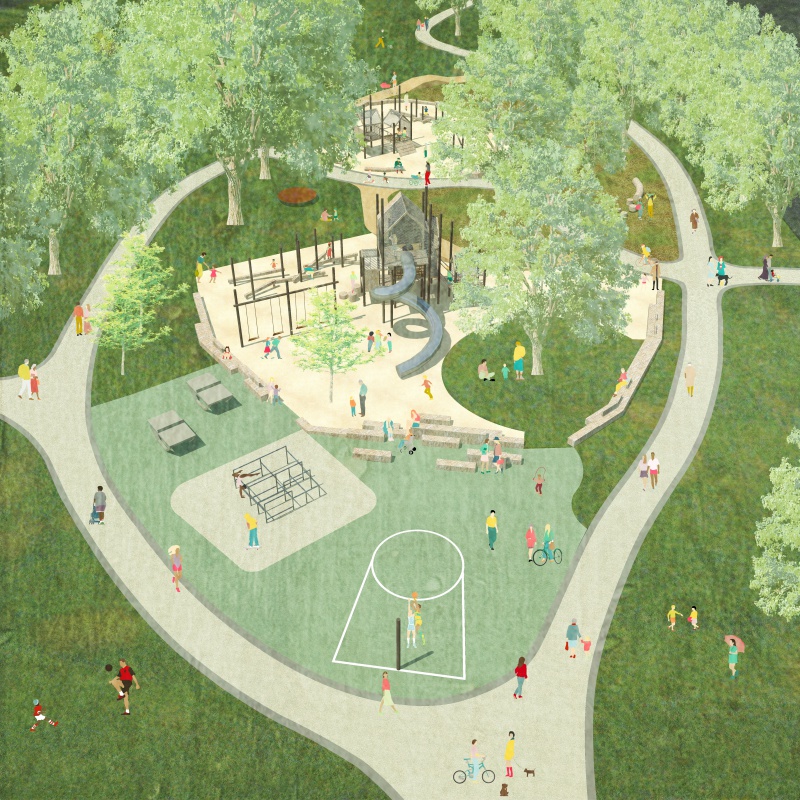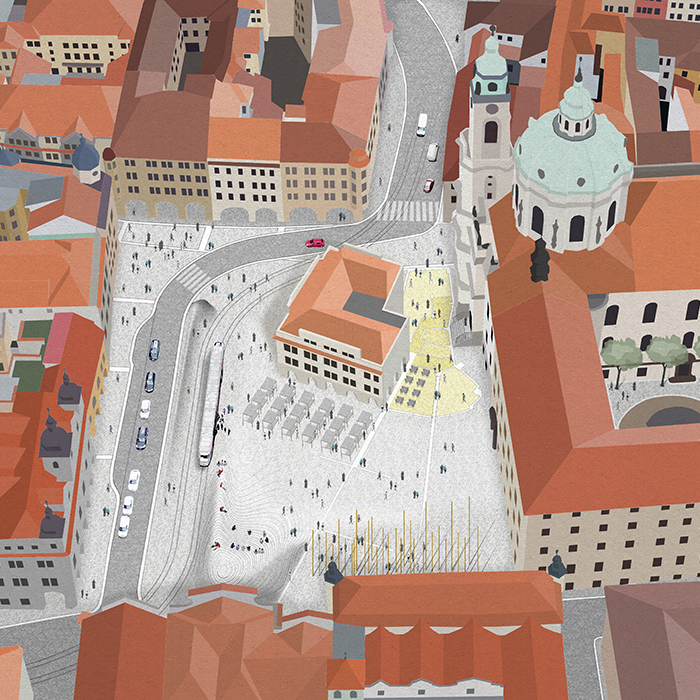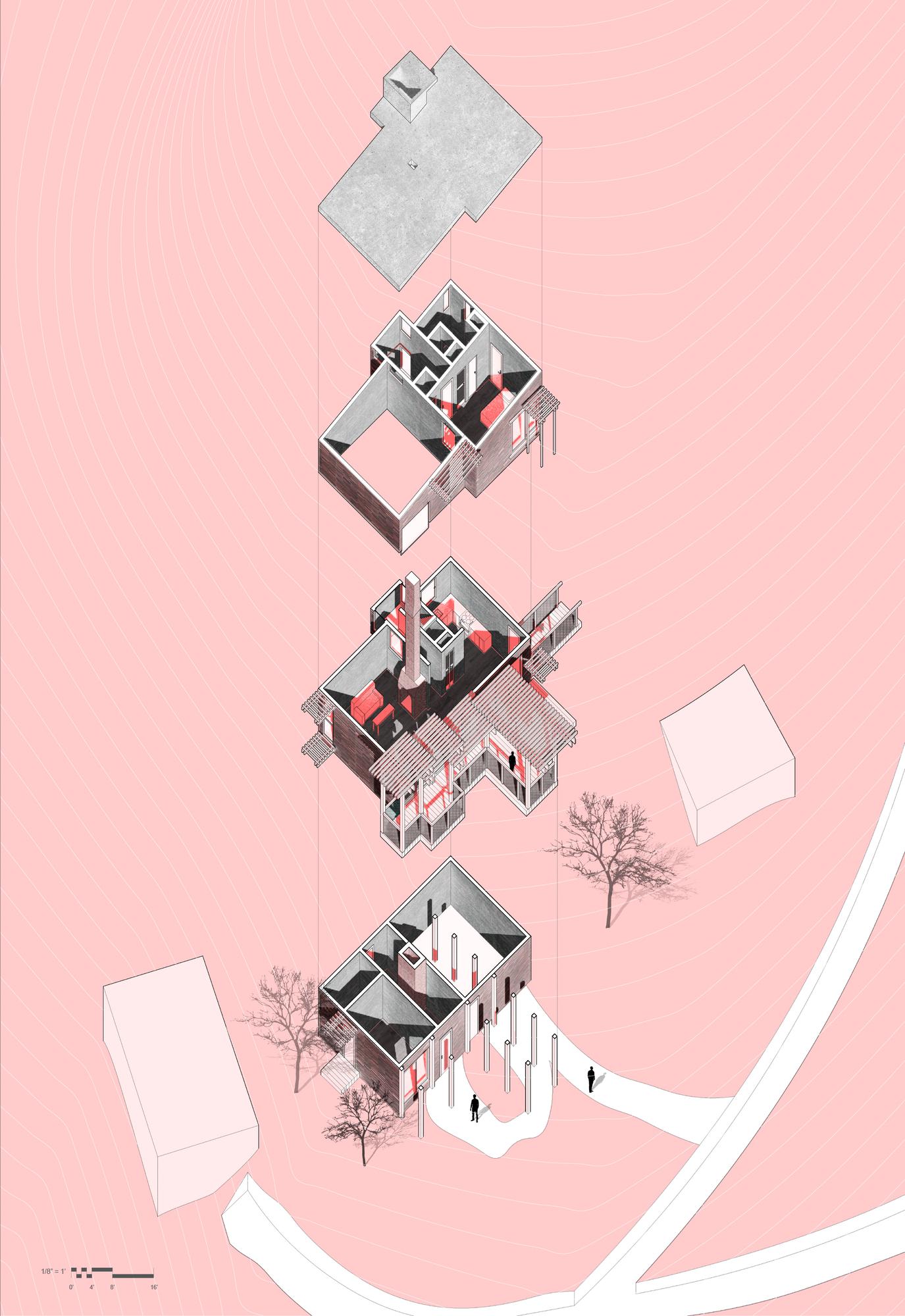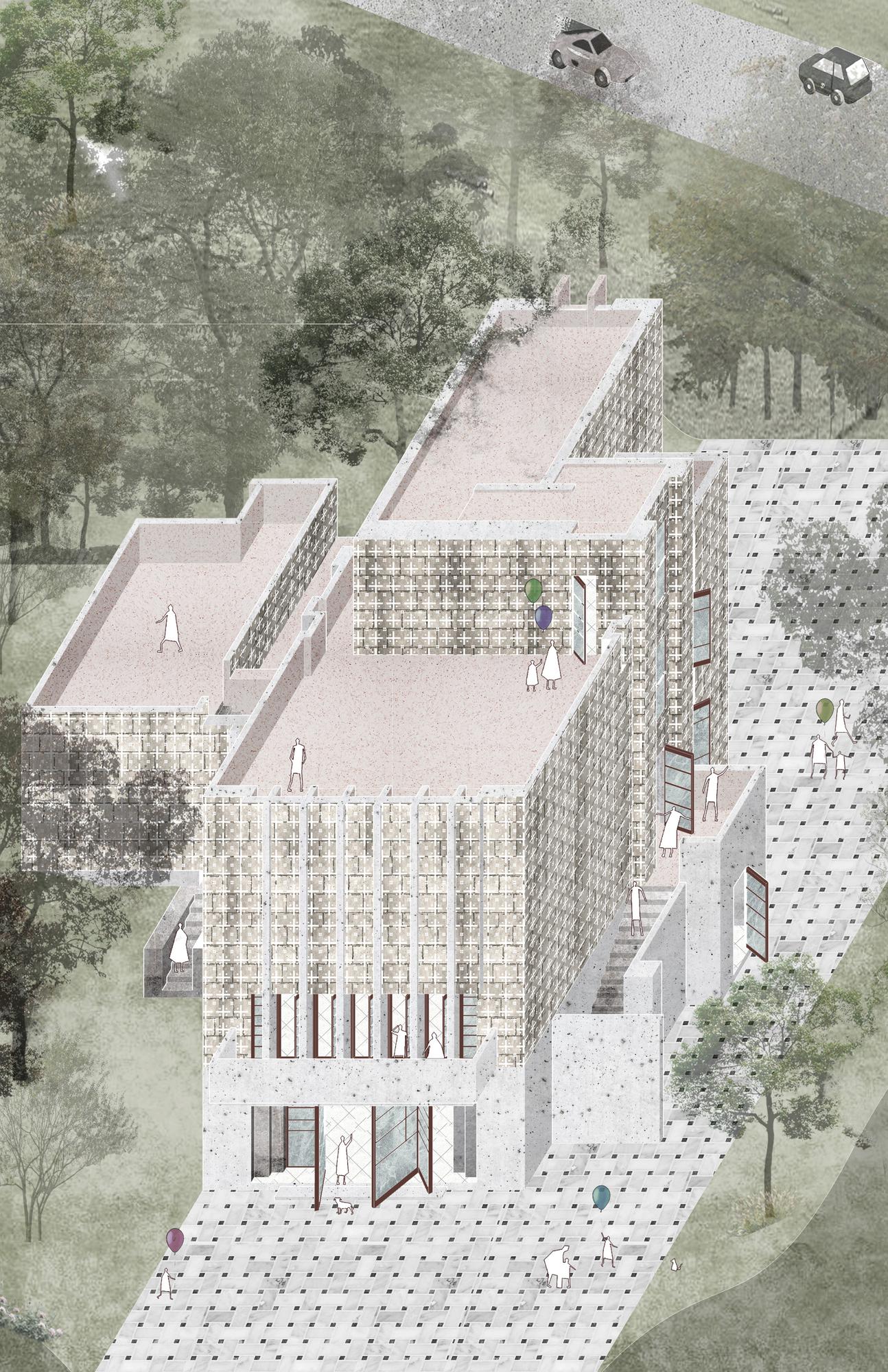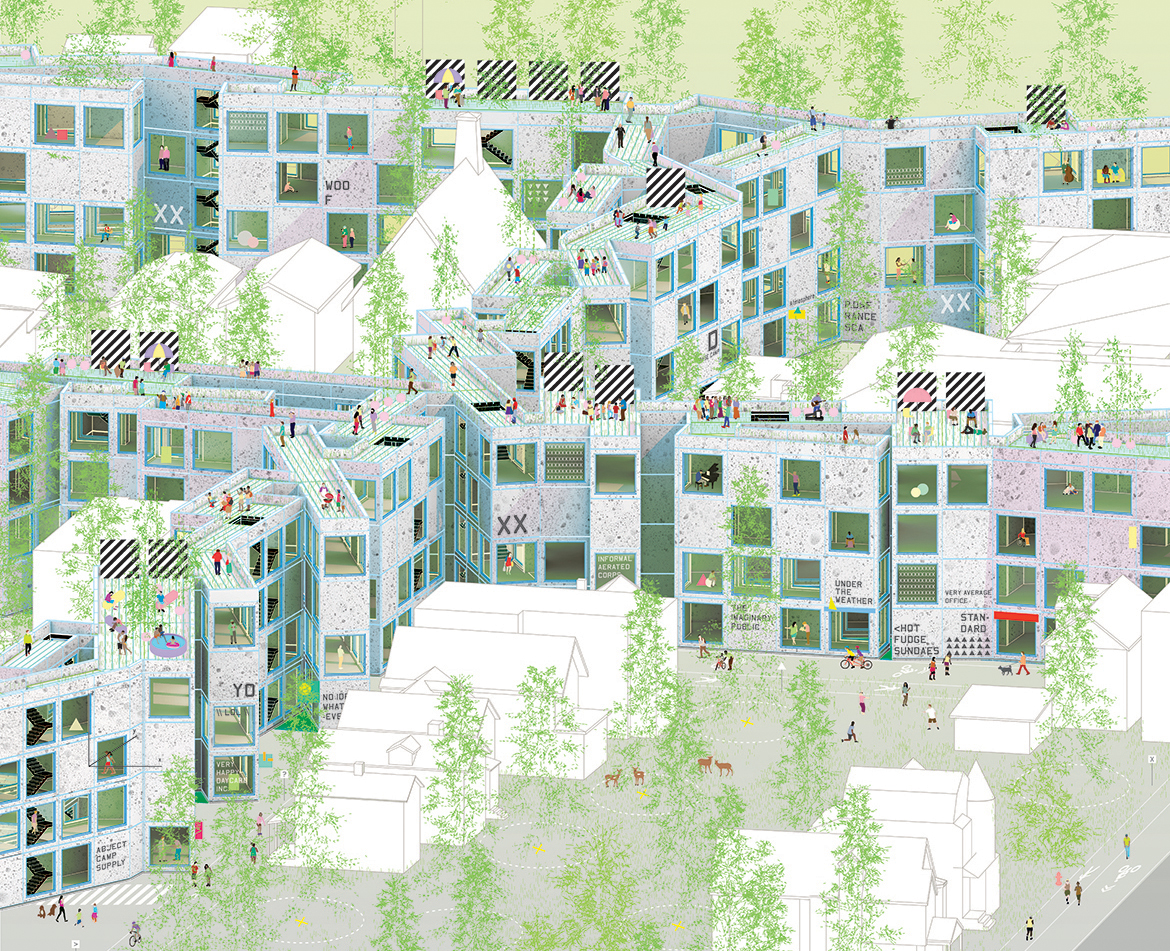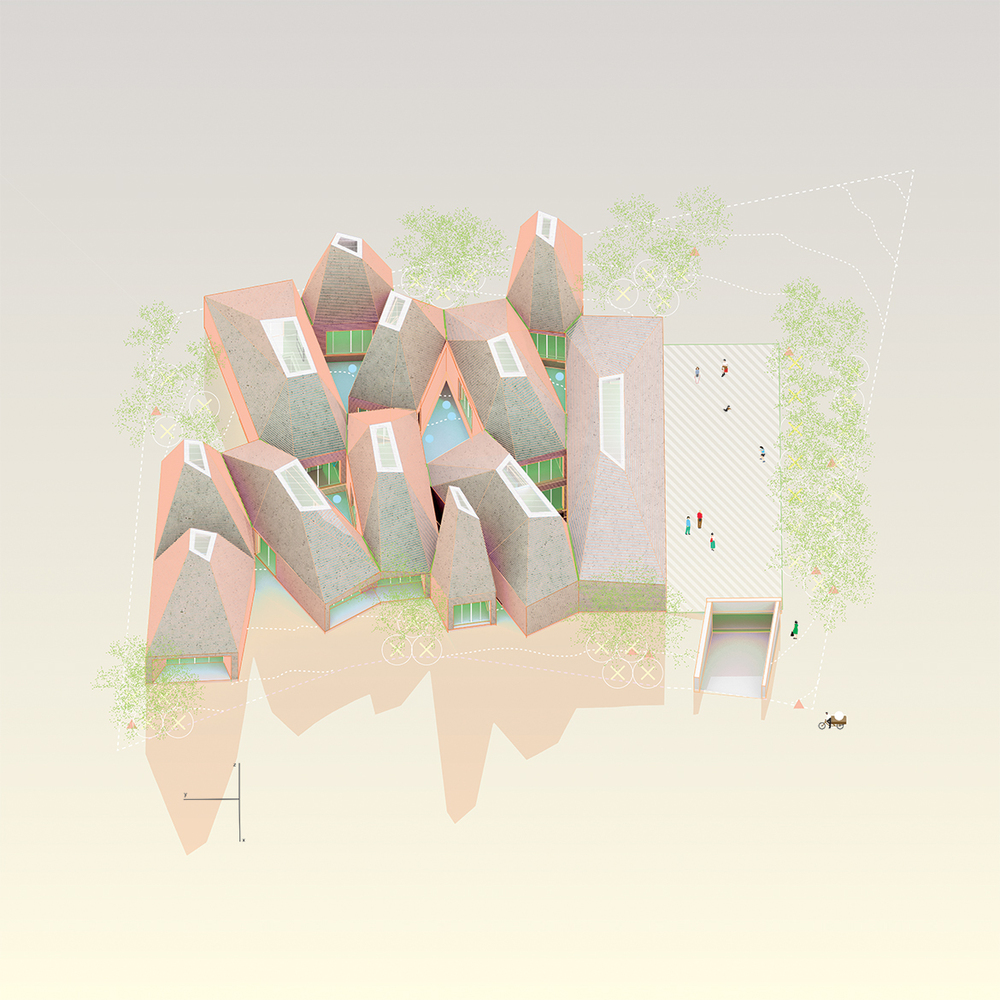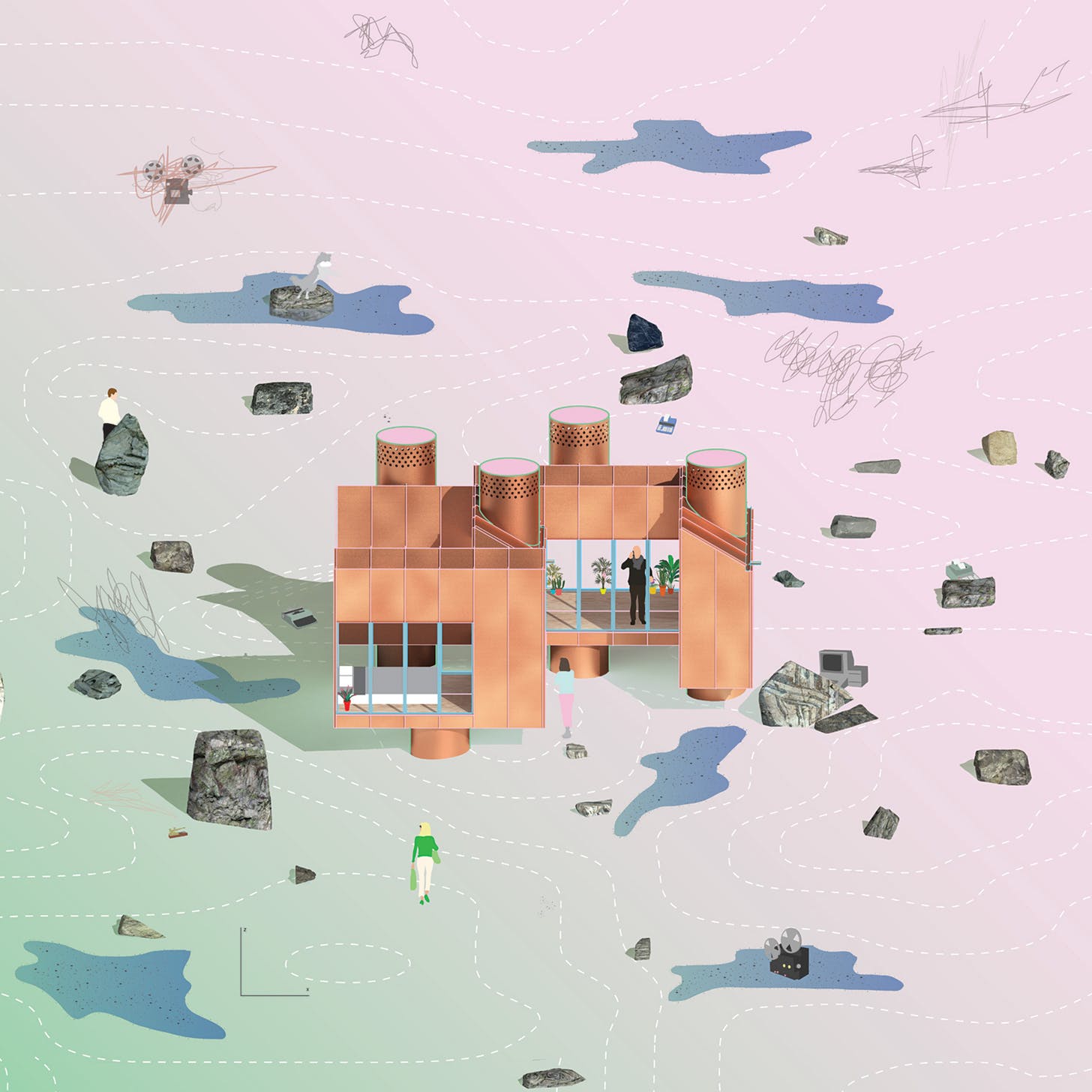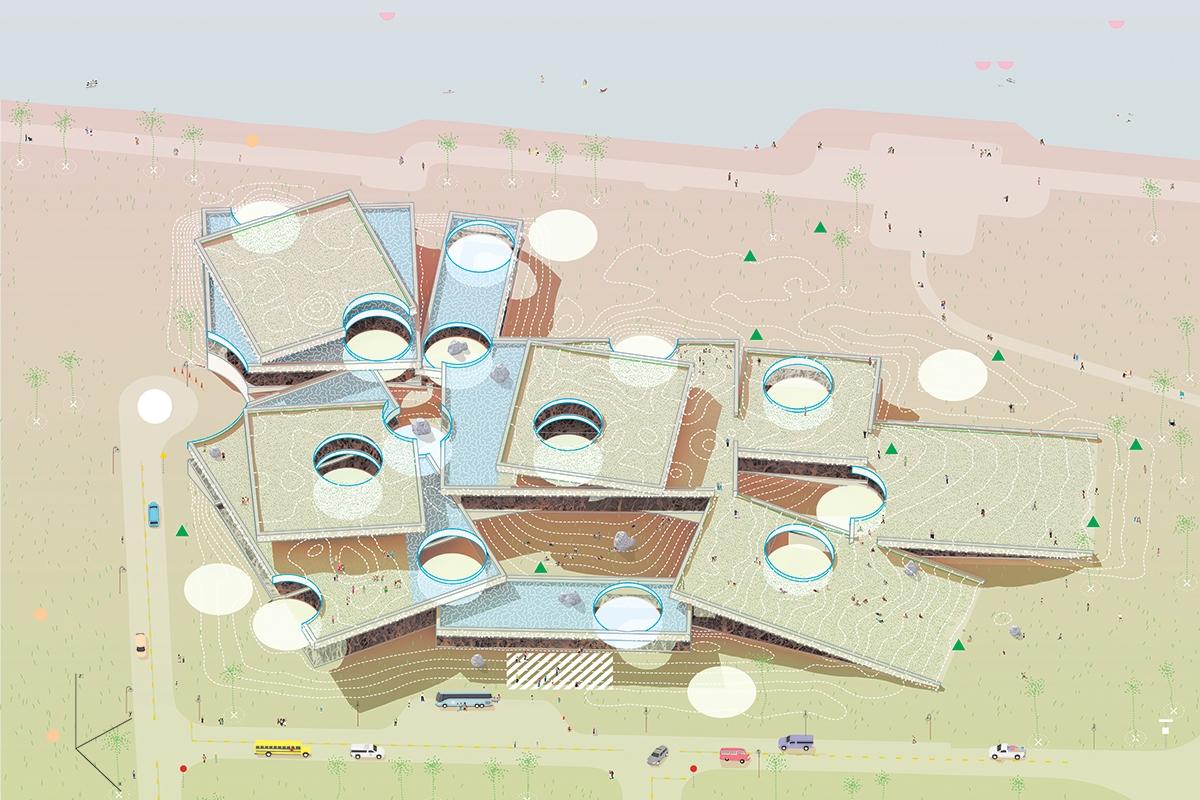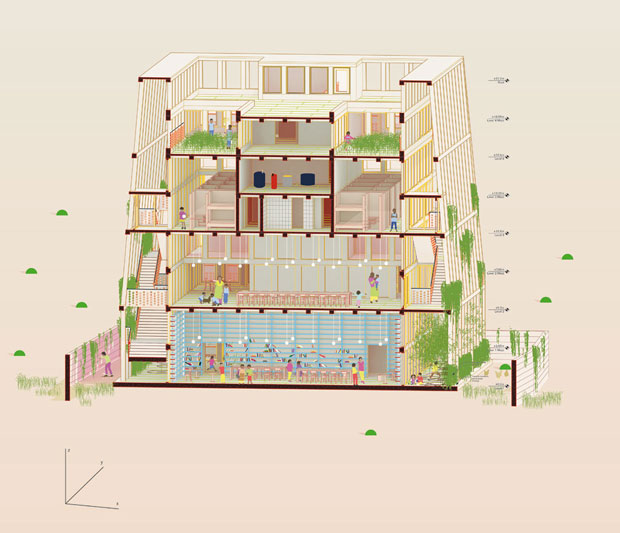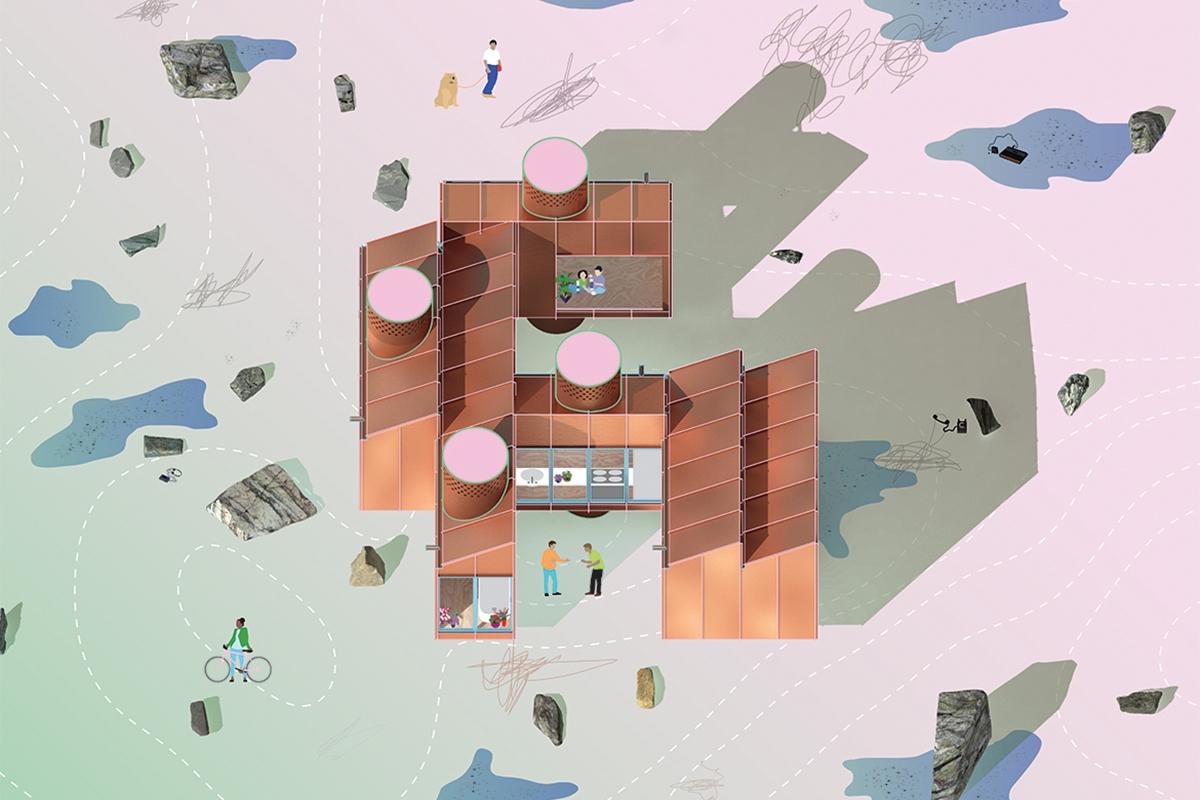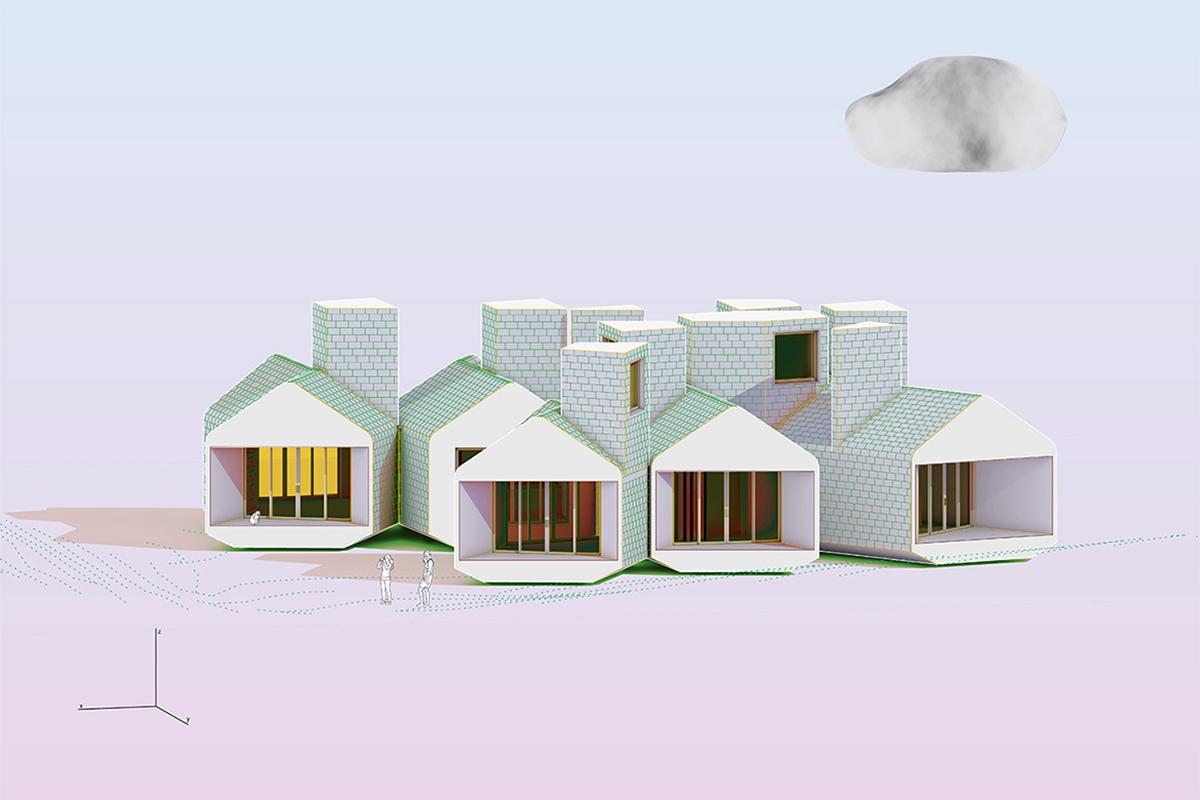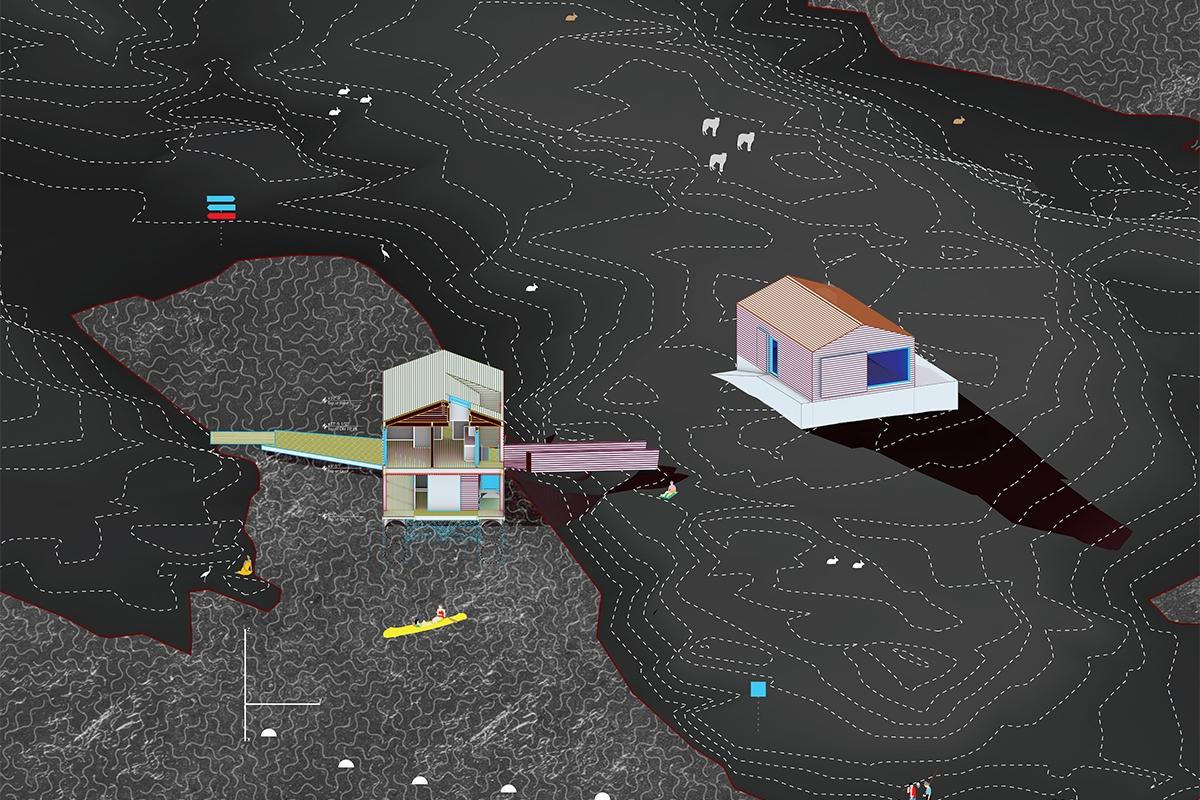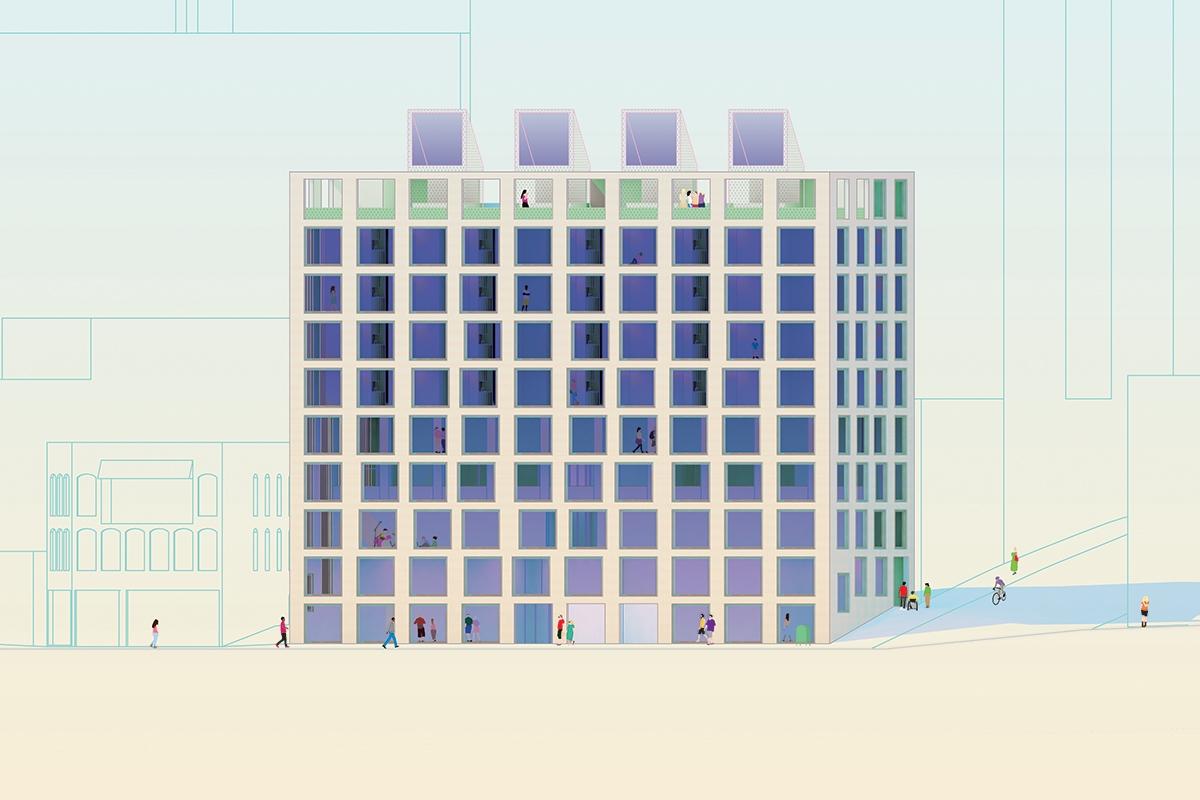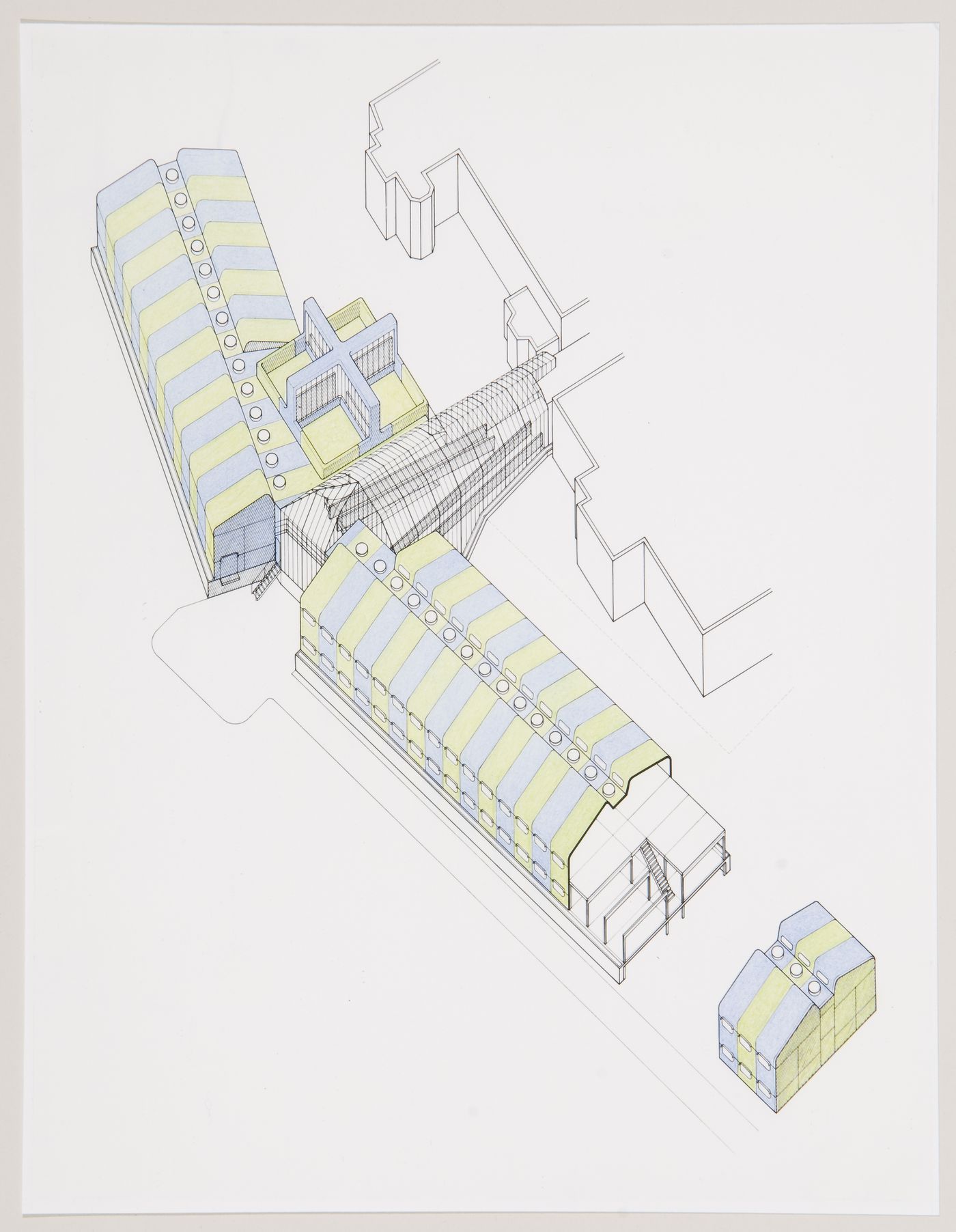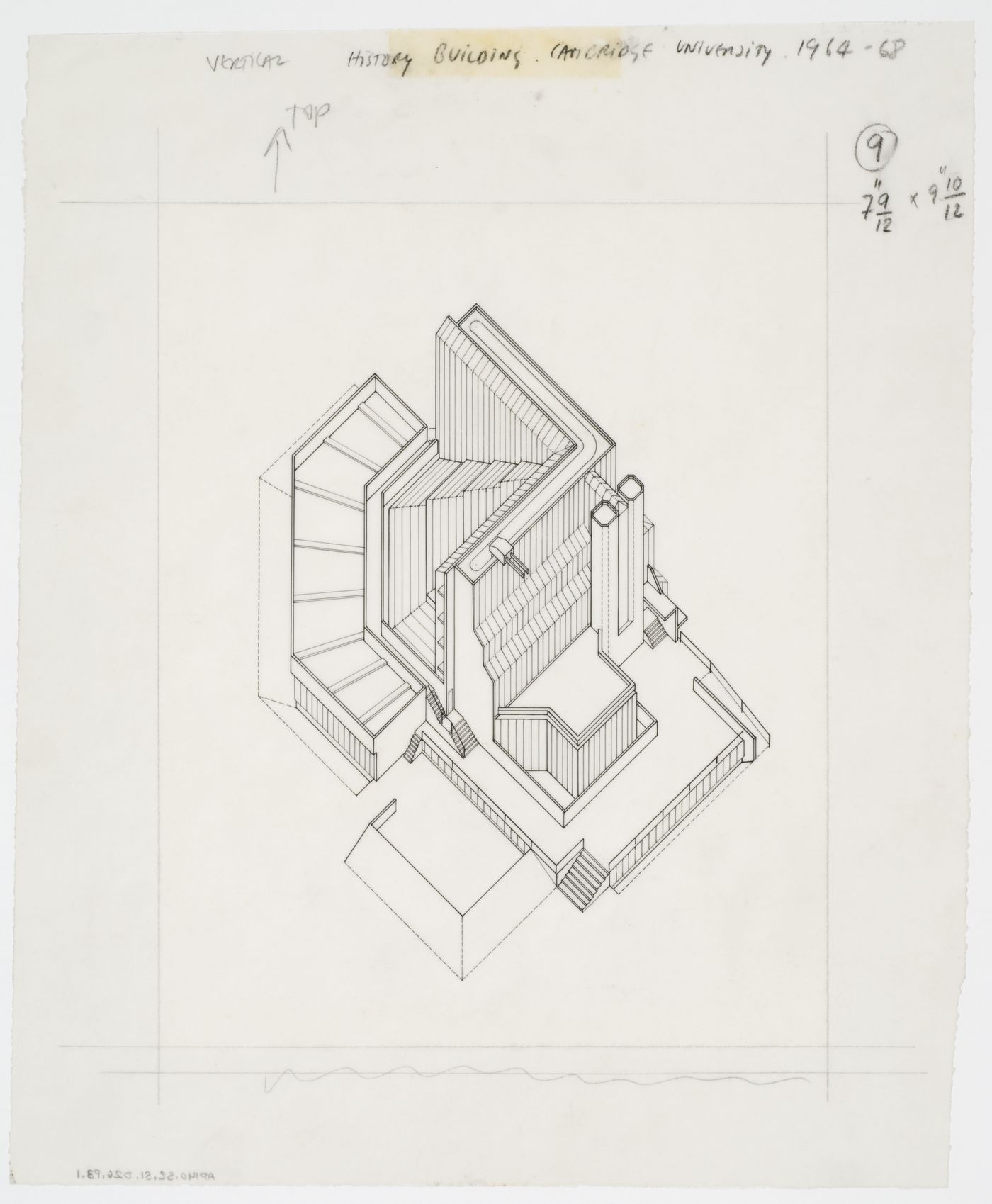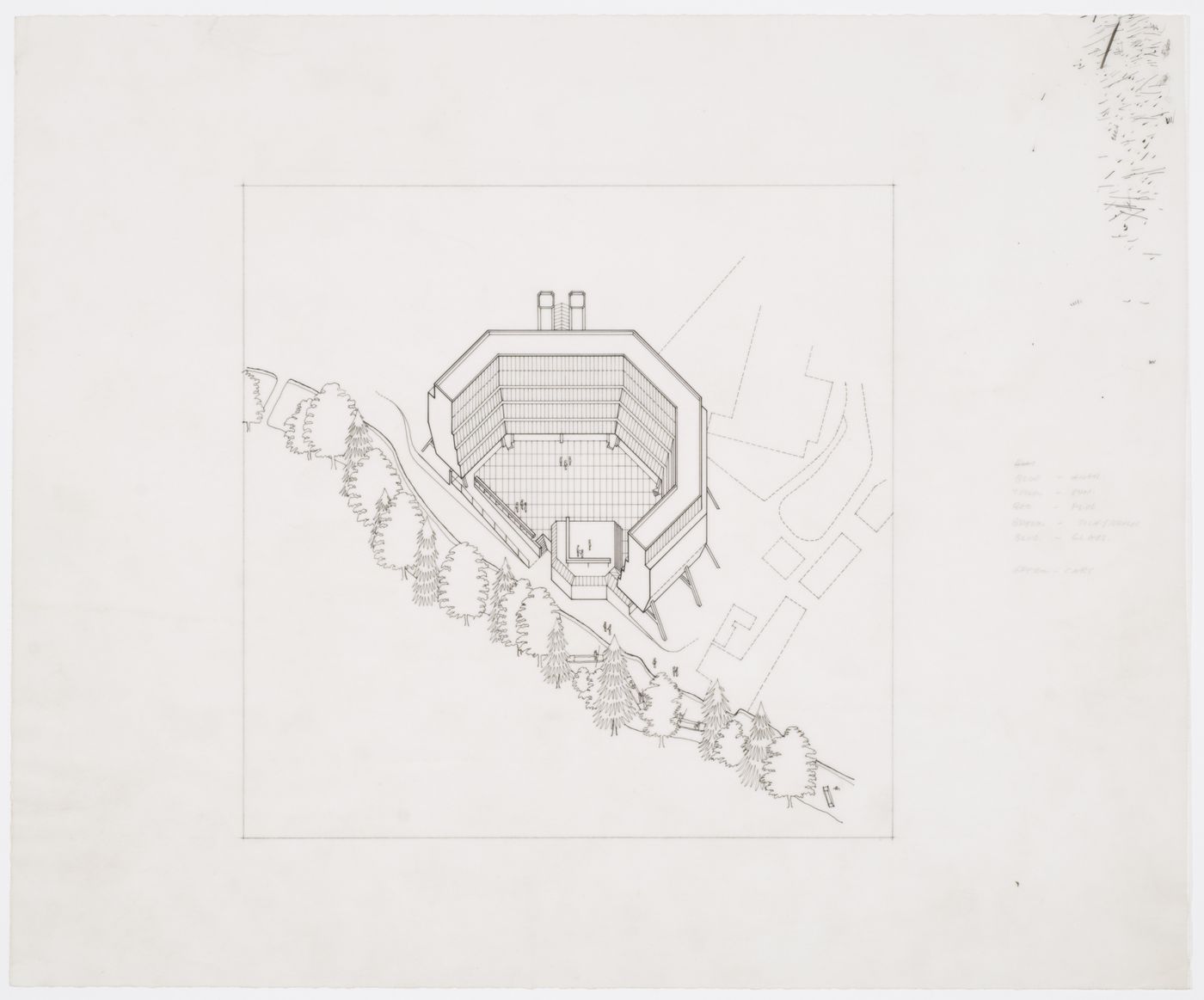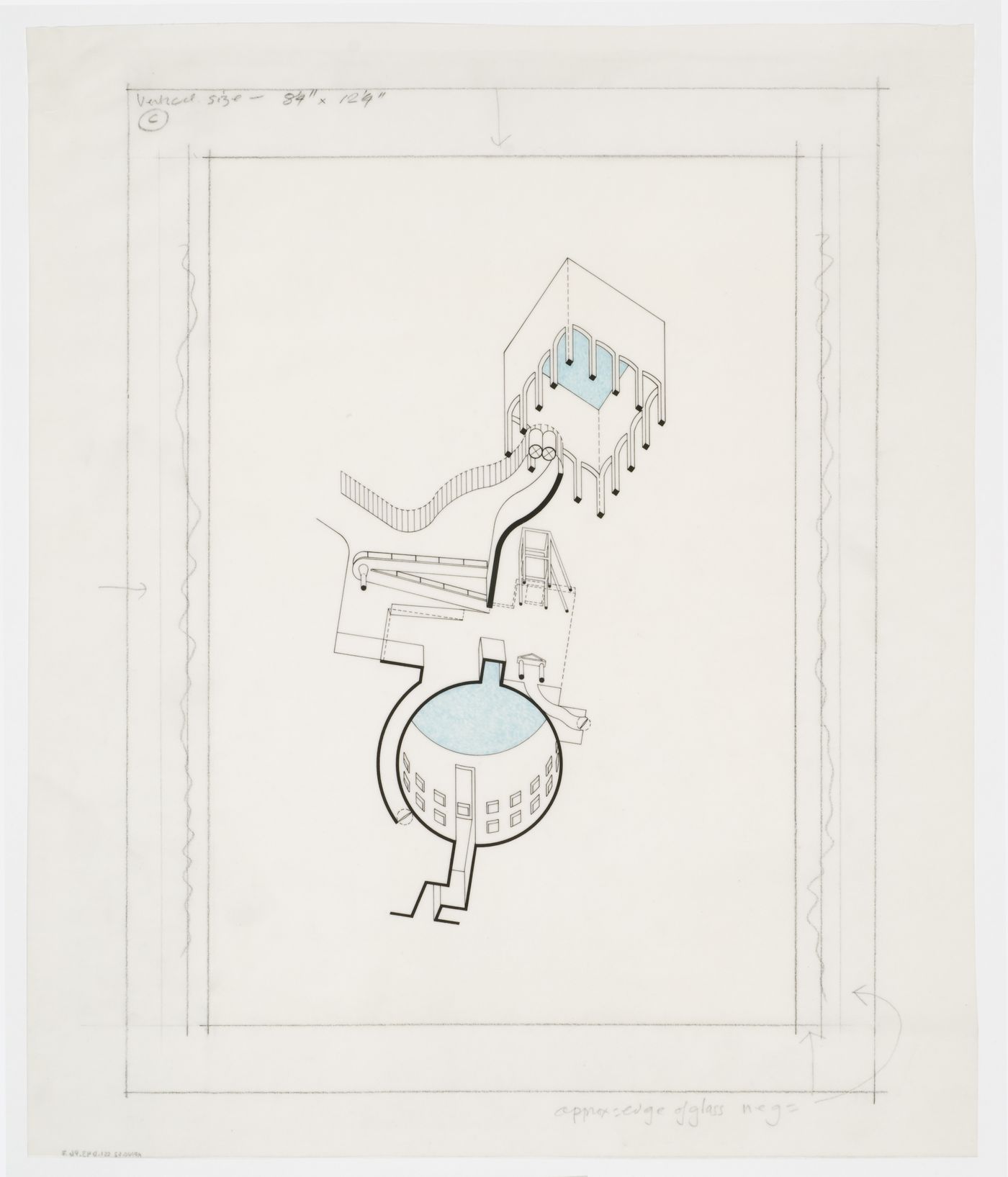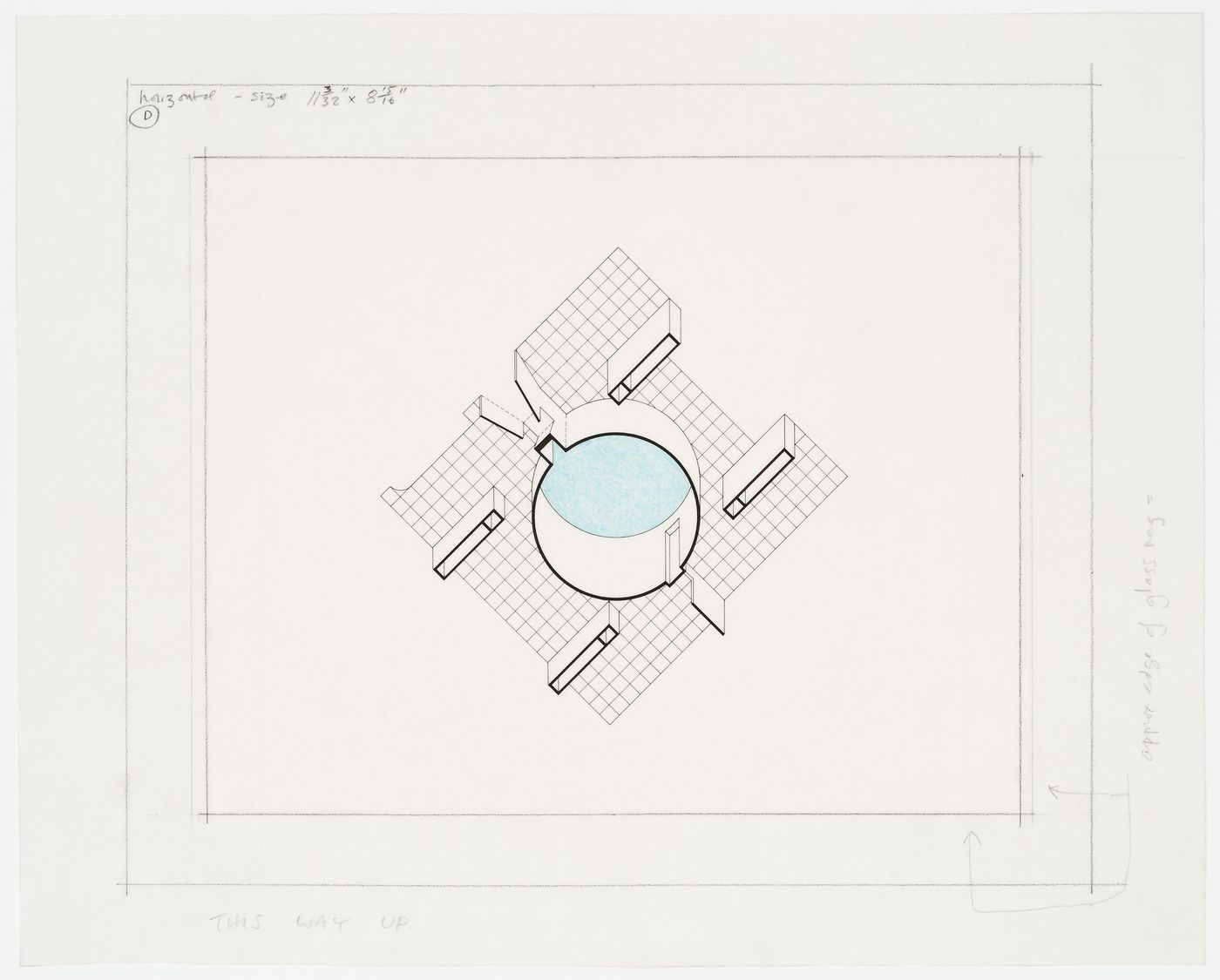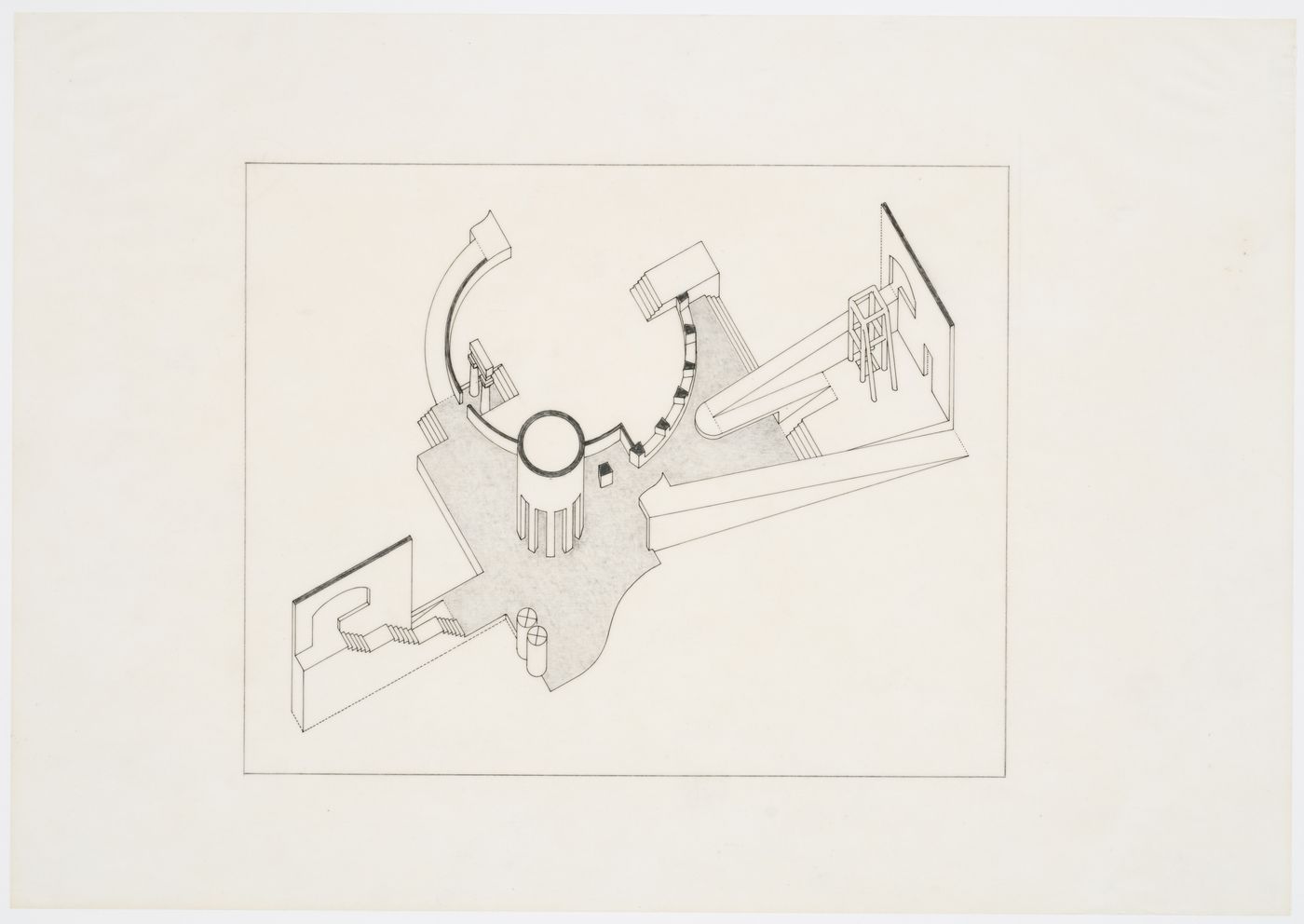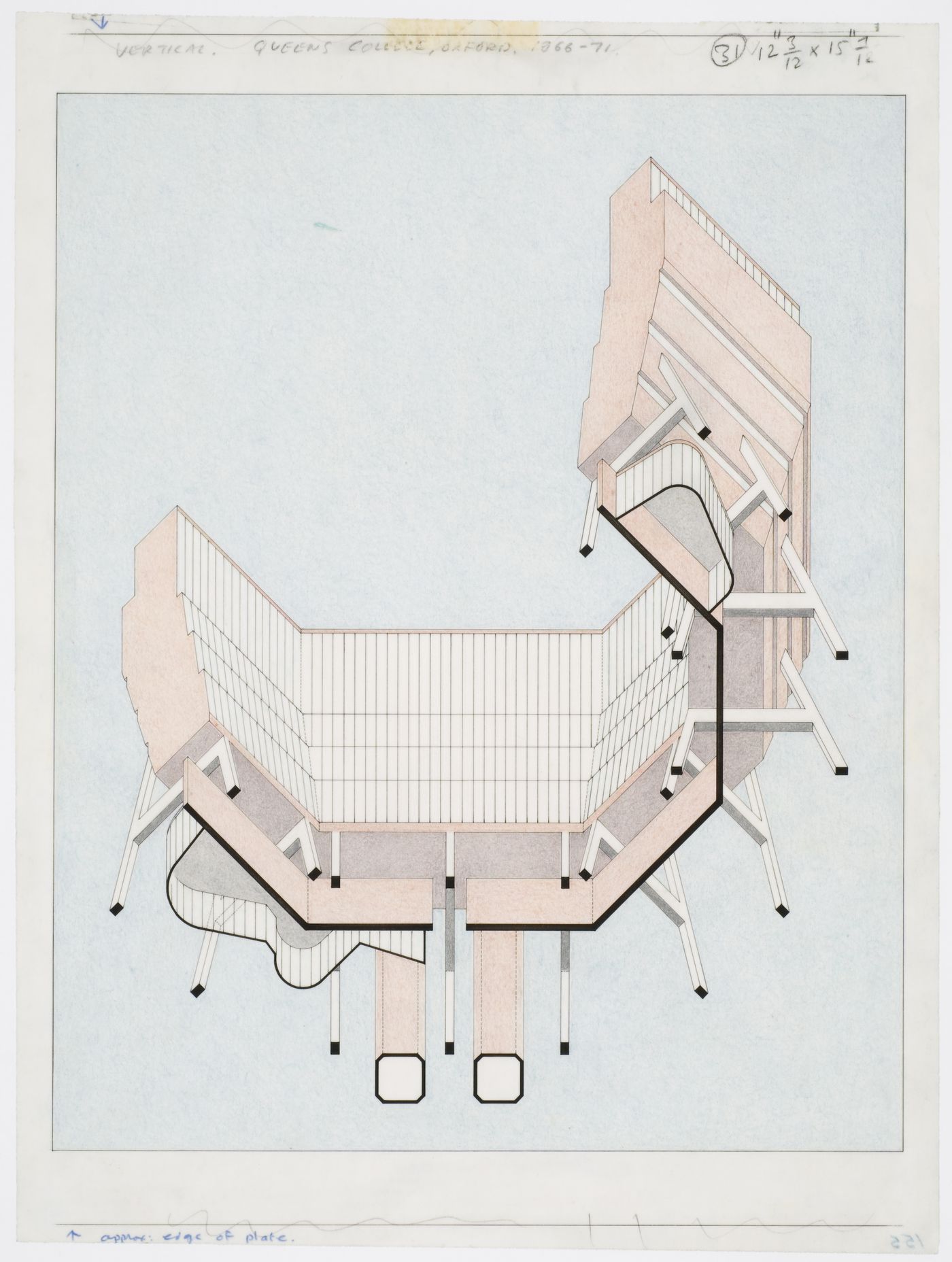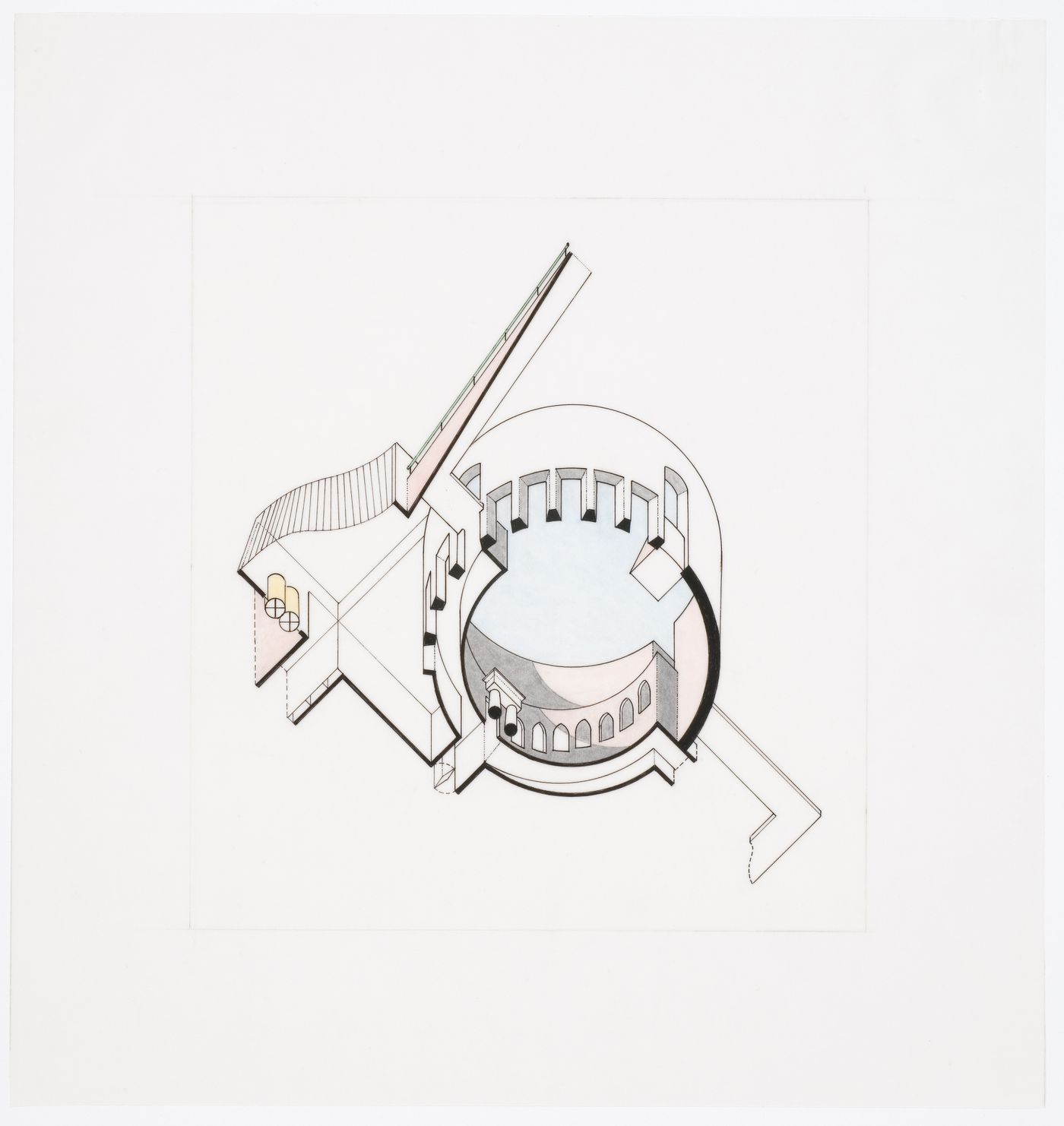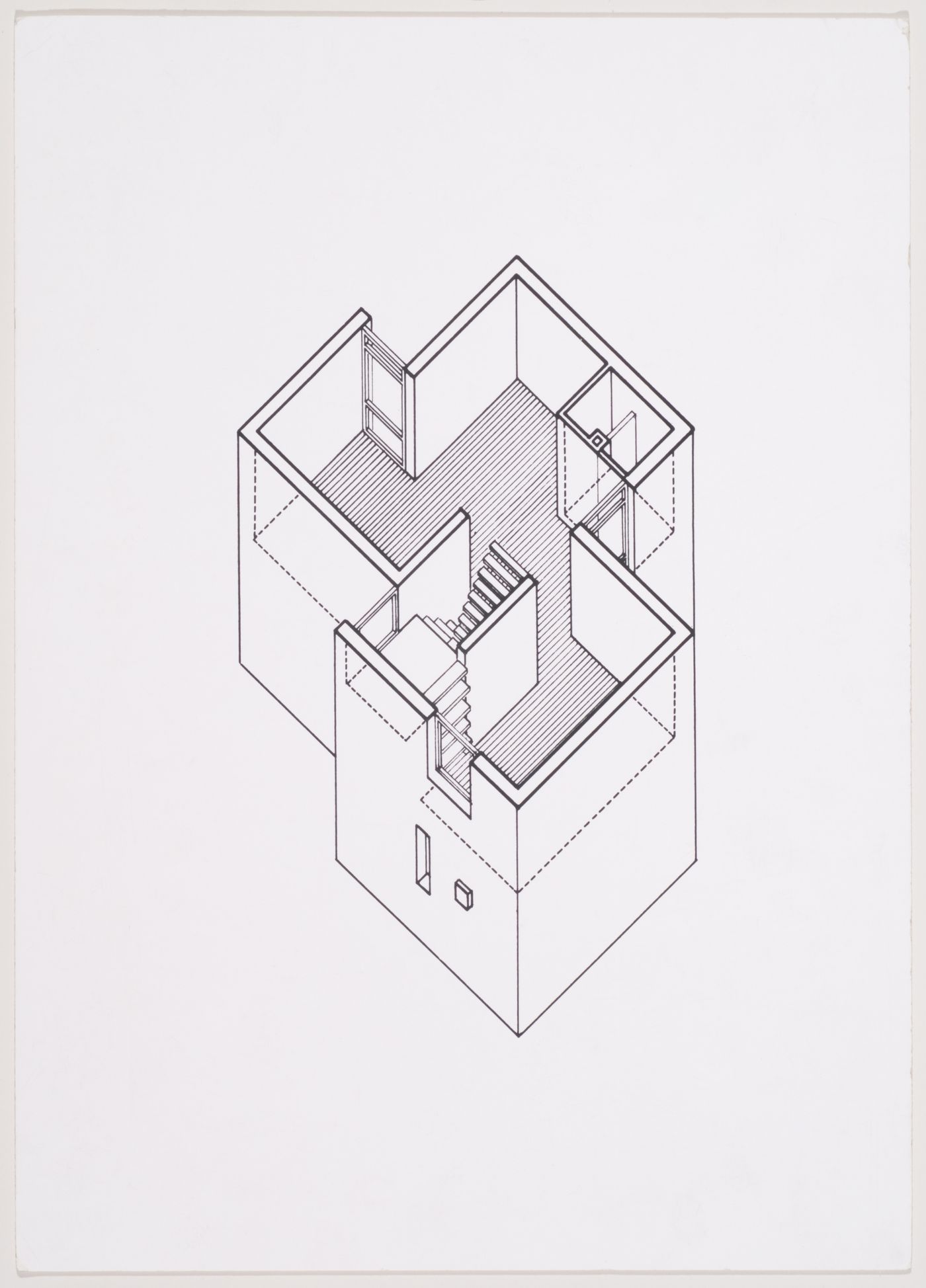A oblique drawings are valuable in their ability to express spatial information across a range of scales. The oblique projection allows us to expand the field of drawing to include contextual elements easily, and without the need for additional three-dimensional modeling.
Chenyu Huang, 2018
Haoyu Wang, 2018
unknown author
Suede 36Leuven - Philipspark playground
unknown author
MOS Architects, Housing No. 1
unknown author
unknown author
James Stirling
Olivetti Training Centre, Haslemere, EnglandJames Stirling, 1969
Axonometric for History Faculty Building, University of Cambridge, Cambridge, EnglandJames Stirling, 1963
Churchill College, University of Cambridge, Cambridge, EnglandJames Stirling, 1958
Florey Building, Queen's College, University of Oxford, Oxford, EnglandJames Stirling, 1970
Nordrhein-Westfalen Museum, Dusseldorf, GermanyJames Stirling, 1975
Nordrhein-Westfalen Museum, Dusseldorf, GermanyJames Stirling, 1975
Staatsgalerie, Stuttgart, Germany: Worm's-eye axonometricJames Stirling, 1977
Florey Building, Queen's College, University of Oxford, Oxford, EnglandJames Stirling, 1970
Main Entrance Foyer of the Arts and Administration Building, Sheffield University, Sheffield, EnglandJames Stirling, 1970
Staatsgalerie, Stuttgart, Germany: Worm's-eye axonometricJames Stirling, 1977
Cut away oblique, house in Mill Hill, London, EnglandJames Stirling, 1955

